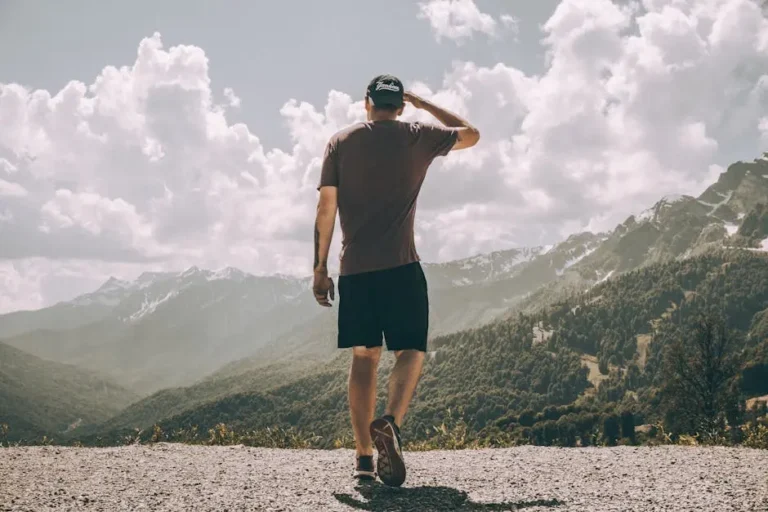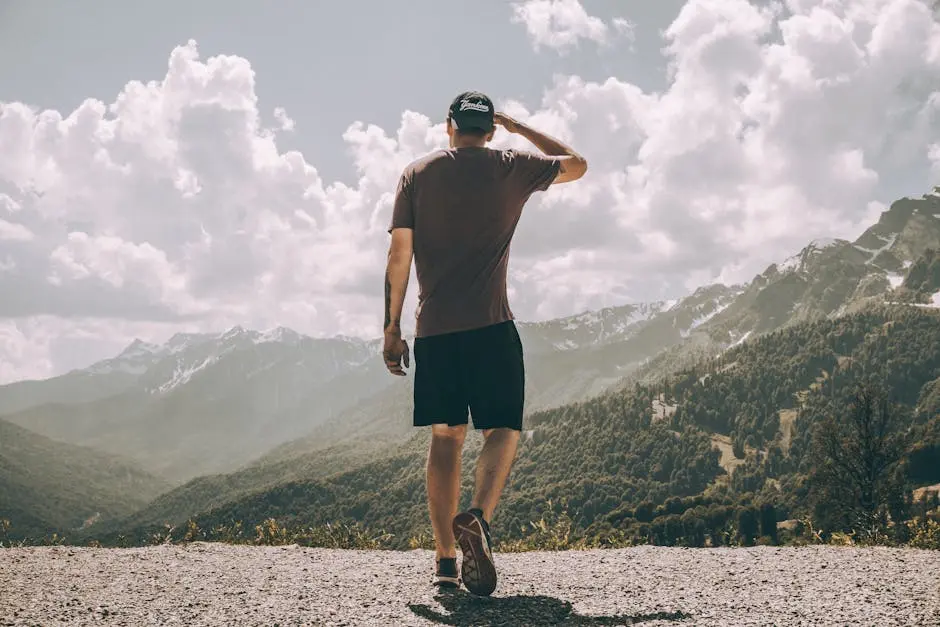Hiking at higher altitudes can be an exhilarating experience, offering breathtaking views and a unique connection to nature. However, it also comes with specific challenges, particularly regarding hydration and preparation. Understanding how to properly hydrate and prepare for your hike will ensure not only your safety but also your enjoyment of the journey. Let’s explore the essential aspects of hiking at high altitudes.
Understanding Altitude Effects on the Body
As you venture beyond 8,000 feet, you might notice a distinct change in your body’s response. The air pressure drops and the oxygen levels decrease, leading to what some refer to as the ‘thinner air syndrome.’ This shift can cause a range of symptoms, from mild headaches to more severe altitude sickness. It’s crucial to recognize that anyone can be affected, regardless of physical fitness levels. Therefore, understanding these physiological changes is the first step in ensuring a successful hiking experience.
Altitude sickness commonly manifests through symptoms such as dizziness, nausea, and increased heart rate. While these signs may vary from person to person, it’s best to err on the side of caution. If you begin to feel unwell, it’s important to listen to your body and either descend to a lower altitude or take a break. Familiarizing yourself with these symptoms can not only enhance your hiking experience but possibly save you from a medical emergency.
Importance of Staying Hydrated
One of the most critical aspects of staying healthy during high altitude hiking is hydration. At higher elevations, your body loses moisture more rapidly through respiration than it does at sea level. This increased fluid loss can lead to dehydration unless you adjust your water intake accordingly. For instance, hikers should aim to drink at least 4 to 6 liters of water per day, depending on the length and intensity of the hike.
Moreover, hydration is not just about drinking water; it encompasses maintaining a proper balance of electrolytes as well. When you sweat, vital minerals like sodium and potassium are lost, which can exacerbate dehydration feelings. Consider incorporating electrolyte supplements or foods high in these minerals into your hiking nutrition plan. This approach will not only keep you quenched but energized for the journey ahead.
Signs of Dehydration to Watch For
Recognizing early signs of dehydration while engaging in high altitude hiking is essential. Initial symptoms can include thirst and dry mouth, but if dehydration progresses, you may experience darker urine and fatigue. Being aware of these signs allows you to take immediate action to rehydrate before it escalates into a more serious issue that could jeopardize your hiking trip.
In advanced stages, dehydration can lead to confusion, headaches, and even physical weakness. Such symptoms indicate that it’s time to prioritize hydration above all else. Don’t rely solely on thirst as a gauge; plan regular water breaks, and carry enough fluid to last the entire hike or have a reliable filtration system if you’re sourcing water from the environment.
Planning Your Hydration Strategy
Creating a strategic hydration plan is just as important as packing the right gear. Start by calculating how much water you need based on the terrain and expected duration of your hike. For example, a strenuous hike in a dry climate may require more water than a leisurely stroll in cooler weather. Always carry extra water to account for emergencies; being unprepared can lead to dire consequences in a remote setting.
In addition to quantity, consider the frequency of your sips. Set a timer on your watch to remind you to take a few ounces of water every 20 to 30 minutes. This proactive approach ensures your hydration levels remain stable throughout your hike rather than waiting until you feel thirsty, a common mistake many hikers make. By establishing this habit, you equip your body with the moisture it needs to function optimally at high altitudes.
Essential Gear for High Altitude Hiking
Equipping yourself with the right gear can greatly enhance your high altitude hiking experience. A quality hydration pack is essential—look for one that allows easy access while on the move. Some packs come with built-in bladders and convenient tubes that allow you to sip water without stopping. This feature is a great asset when navigating tougher trails.
It’s also wise to pack energy-rich snacks like granola bars, nuts, or dried fruit to fuel your body, as these can help maintain your energy levels during strenuous climbs. Furthermore, don’t forget items for monitoring your health, such as a portable pulse oximeter to check your oxygen saturation levels, especially if you’re prone to altitude sickness. The right gear not only improves your experience but can also mean the difference between a successful hike and an exhausting ordeal.
Tips for Managing Altitude Sickness
Managing altitude sickness requires a mix of preparation and self-awareness. One effective method is gradual acclimatization; climb to higher altitudes only after spending sufficient time at intermediate elevations. This acclimatization period allows your body to adjust without facing the harsher effects of rapid elevation changes. Always give yourself a day or two to adjust if you’re planning to tackle heights of 10,000 feet or more.
In addition to gradual ascent, stay attentive to your body’s needs. If you experience symptoms, stop to rest and hydrate immediately. It’s vital to recognize that some may require more time to adjust than others. Don’t be embarrassed to turn back if you’re feeling severely affected—your health and safety should always be your top priority during any hike.
Knowing When to Turn Back
Sometimes the hardest decision a hiker has to make is knowing when to turn back. While the allure of reaching a peak can be incredibly tempting, safety should come first. If you are experiencing significant symptoms of altitude sickness—ranging from persistent headaches and significant fatigue to breathing difficulties—it’s crucial to not push forward.
Turning back is not a sign of defeat; rather, it reflects wisdom and respect for your body. Always remind yourself that the mountains will still be there. Prioritizing your safety ensures that you’ll be able to return and tackle the trail another day. Keep this mantra in mind: no peak is worth risking your health. Each hike is a learning experience; with each ascent, you’ll be better prepared for the challenges that await.


